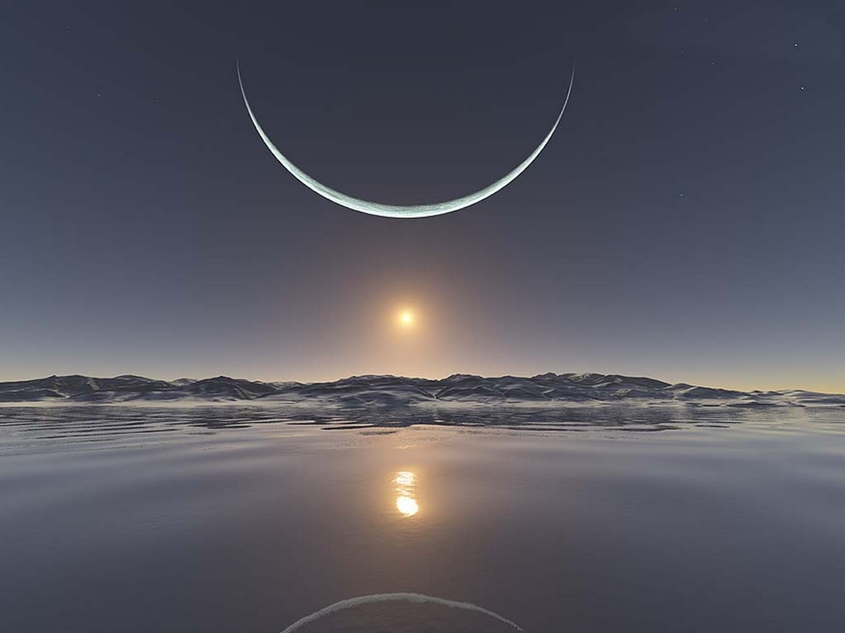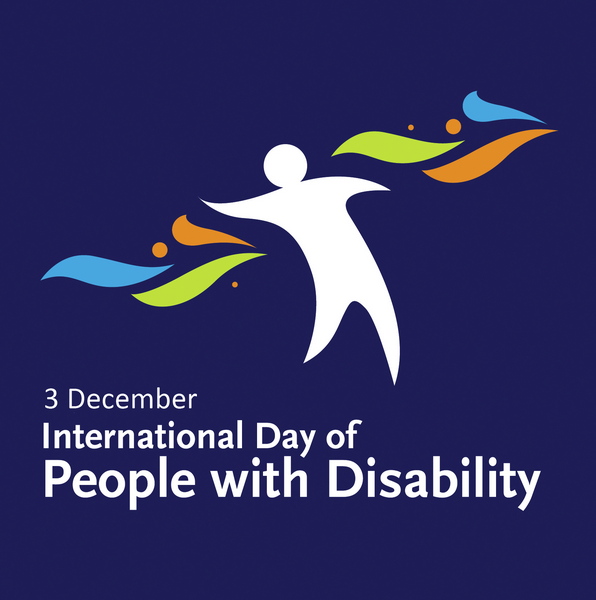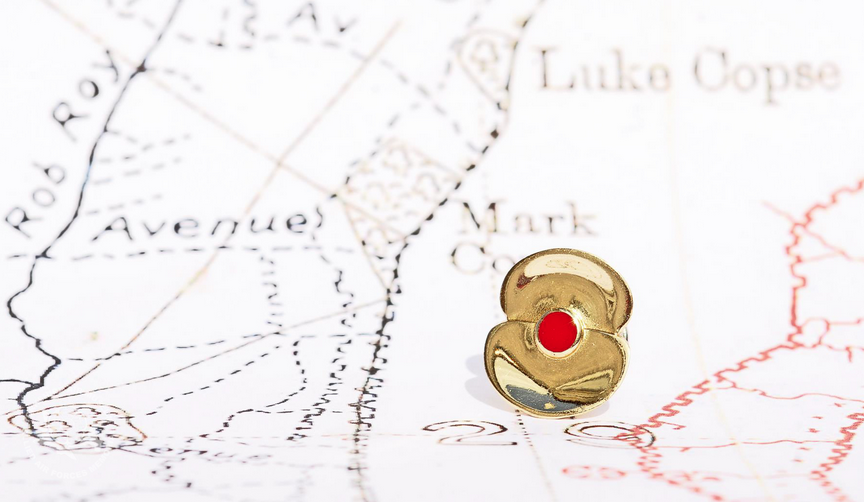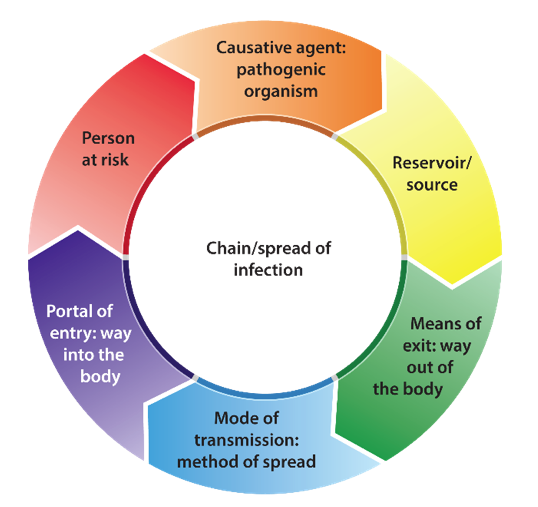Late dawn. Early sunset. Short day. Long night. Here in the Northern Hemisphere, the December solstice marks the longest night and shortest day of the year.
It’s when the sun on our sky’s dome reaches its farthest southward point for the year. This year, the Northern Hemisphere has its shortest day and longest night of the year today - Wednesday, December 21. Meanwhile, the Southern Hemisphere, on the day of the December solstice has its longest day and shortest night.
A solstice is an astronomical event, caused by Earth’s tilt on its axis, and its motion in orbit around the sun. Because the Earth doesn’t orbit upright, but is instead tilted on its axis by 23-and-a-half degrees, Earth’s Northern and Southern Hemispheres trade places in receiving the sun’s light and warmth most directly. The tilt of the Earth – not our distance from the sun – is what causes winter and summer. At the December solstice, the Northern Hemisphere is leaning most away from the sun for the year.
Read More






